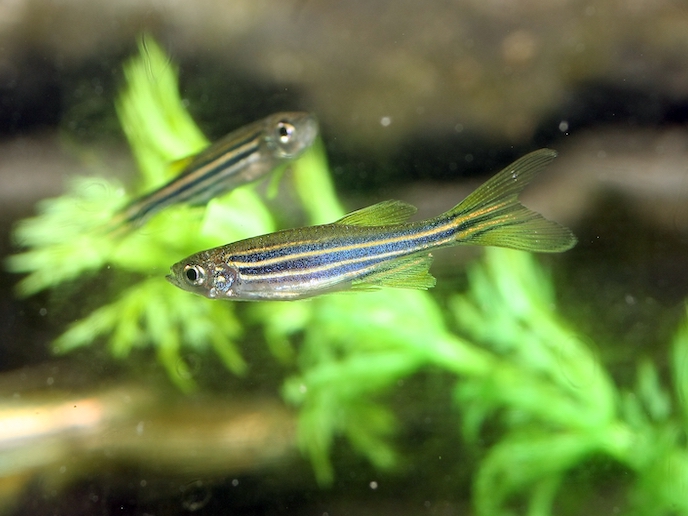Seeing the world through the eyes of a fish
Around 800 million years ago, some of the earliest organisms began to develop what would eventually become eyes. “It would probably have been useful for these simple organisms to tell if it was night or day, or how deep they were in the water,” explains NeuroVisEco project coordinator Tom Baden from the University of Sussex in the United Kingdom. “So, a melatonin receptor mutated into an opsin protein – which is the basis of almost all light receptors – to enable organisms to sense light.” Baden believes that the vertebrate retina, which first evolved more than 500 million years ago, established the overall blueprint that all sighted vertebrates have since inherited. The retina gives organisms, like ourselves, spatial vision, i.e. the ability to sense where sources of light are coming from. This probably helped our waterborne ancestors to avoid predators, and catch prey.
Visualising visual systems
As various branches of species broke off over the course of millions of years, eyes evolved to adapt to vastly different contexts. Baden notes however that all vertebrates possess a camera-like eye with a lens and retina. Baden wanted to better understand what our early ancestors would have seen, in order to build up a clearer picture of how vertebrate visual systems including our own evolved. The NeuroVisEco project, supported by the European Research Council, sought to achieve this by studying the retinal structure and functions of zebra fish. “Zebra fish are basically the modern version – by some approximation – of our early fishy ancestors,” adds Baden. Two-photon imaging and computational analysis were used to investigate the visual system of zebra fish. This work was complemented with insights from field work – sticking specialised cameras and light meters into the zebra fish’s natural visual habitat, to ‘see what zebra fish see’.
Photoreceptor circuits
What they found was that zebra fish indeed see differently from mammals. Unlike humans – which have three receptors for blue, green and red – the fish have four. These four types are often called red, green, blue and UV. Baden and his team however found that each has a highly defined, and immediately useful role to play: ‘red’ cones are brightness sensors, while green and blue cones are ‘colour’ sensors. Meanwhile, UV cones are highly specialised systems that are directly responsible for helping zebra fish identify food. What is more, all of the processing needed to do so happens at the earliest possible site – the output synapse of the photoreceptors themselves. This contrasts with mammals, which have lost the green and blue photoreceptors. Baden speculates that this probably happened during the Mesozoic age, when mammals might have become nocturnal in order to avoid being eaten by dinosaurs – and lost their need for distinguishing colour.
Importance of evolution
Today, most mammals can see two colours, but are red-green colour-blind. The primate group, which includes humans, evolved three-colour vision, with the colour puzzle being ‘solved’ in the brain, rather than at the first synapse of vision. “As far as we can tell, nearly all modern vertebrates – fish, amphibians, reptiles and birds – still have this full colour receptor complement,” he says. “It is the mammalian branch that is weird!” The next big task for Baden is to explore to what extent their findings from zebra fish are indeed representative of other non-mammalian species. “This is all still very preliminary, but this is the direction we are going in,” he notes. “To understand and maybe improve our own vision, we need to understand not just how something currently works, but why it works in a certain way. Evolution helps to make sense of things.”
Keywords
NeuroVisEco, evolution, retina, vertebrate, zebra fish, visual, vision, photoreceptor







